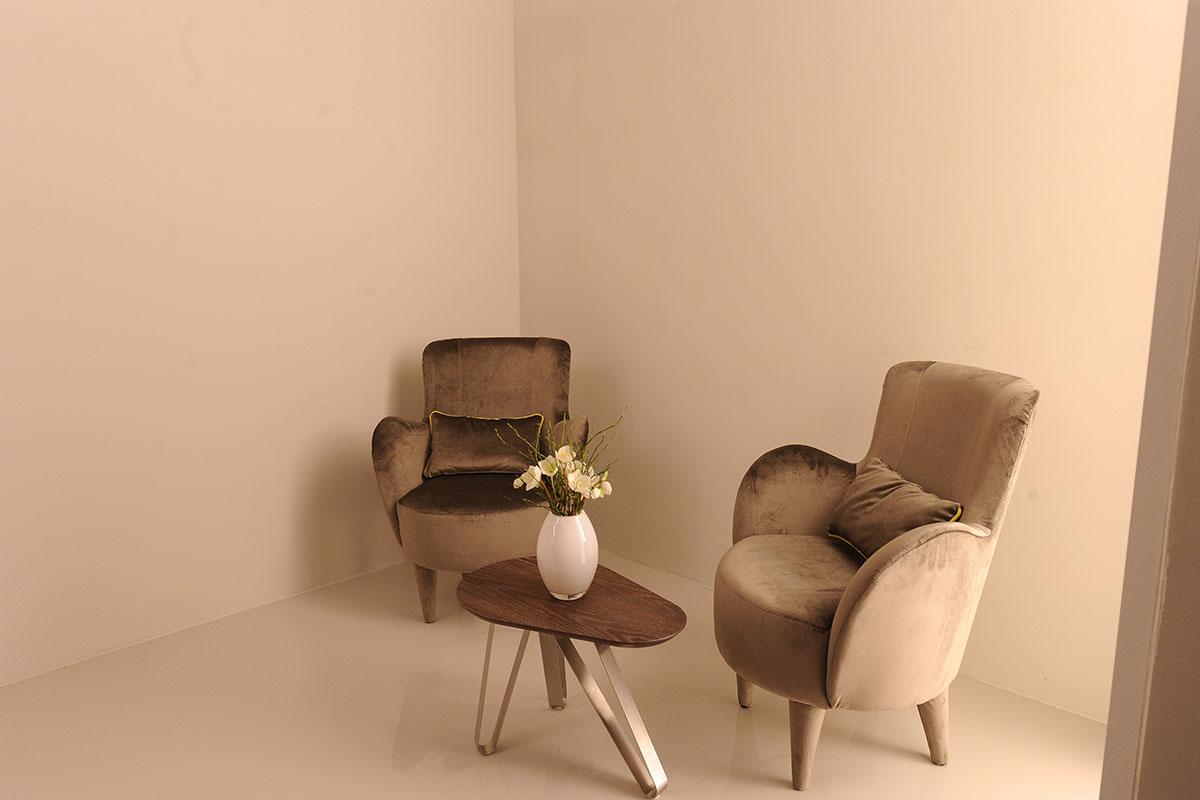Professional help from JUVENIS in Vienna
Specific phobia
A specific phobia refers to fears of narrowly defined objects, situations or even animals. For example, these fears relate to flying in an airplane, spiders, snakes, heights, dogs, deep water, syringes, visits to the dentist, etc.
If the affected person is confronted with the feared object or the feared situation, they usually react with strong anxiety - this manifests itself mentally ("I won't be able to do this"), in behavior (flight, avoidance) and physically and physiologically (breathing rate increases, palpitations, trembling, sweating).
The anxiety can also reach the level of a panic attack. Adult patients also know that their strong anxiety reaction is exaggerated and nonsensical. If these fears interfere with coping with everyday life and lead to a corresponding level of distress, professional help should definitely be sought.

Development of a phobia
Specific phobias are often caused by a traumatic experience, e.g: A person is bitten by a dog or an engine starts to burn during a flight. However, some people develop these fears without ever having experienced a trauma (e.g. fear of flying). It is assumed that in some cases, information about a terrible event (repeated reports of plane crashes) is sufficient to develop a specific phobia. Phobias can also develop through model learning, i.e. by observing the fear response of another person.
Please contact JUVENIS by phone at +43 1 236 3020by e-mail to empfang@juvenismed.at or via the contact formto make an appointment for a consultation or treatment.
By fleeing from the feared situation, the anxiety quickly subsides. In the short term, this leads to relief, but in the long term, the anxiety disorder remains or even worsens. The patient believes they can only overcome the anxiety by escaping.
Treatments & therapies
Treatment methods in behavioral therapy (VT) for a phobia
In order to rule out physical causes for the development of the anxiety disorder, a medical examination is strongly recommended before any psychotherapy. Every treatment is preceded by a comprehensive diagnosis. In addition, an individual explanatory model is created, which provides insight into the development of the disorder. This includes pre-existing risk factors (e.g. increased anxiety) as well as triggers and maintaining factors (e.g. avoidance of the feared situation, sedatives) of the illness, which are given special consideration during treatment.
Please contact JUVENIS by phone at +43 1 236 3020by e-mail to empfang@juvenismed.at or via the contact formto make an appointment for a consultation or treatment.
Blood-injection-injury phobia
The treatment of a blood-syringe-injury phobia is slightly different due to the manifestations of the phobia. The fears here relate to blood, syringes and injuries. Those affected often describe a feeling of nausea or fainting. Those affected can actually faint at the sight of blood. Relaxation would promote fainting and is therefore contraindicated as a therapy method. Therefore, the confrontation with the fear-inducing object takes place under tension. The tension causes an increase in pulse rate and prevents fainting.
Costs
| Treatment | Price |
|---|---|
| 1 therapy session (50 minutes) for the treatment of a specific phobia | € 110 |
In behavioral therapy, a frequency of 1 session per week is common.
In the case of a mental illness, a cost subsidy (partial reimbursement) is possible from the health insurance company. Depending on the health insurance company, this subsidy varies between 28 and 50 euros per therapy unit.
Contact us
Responsible for the content of this page: Hilde Winkler

